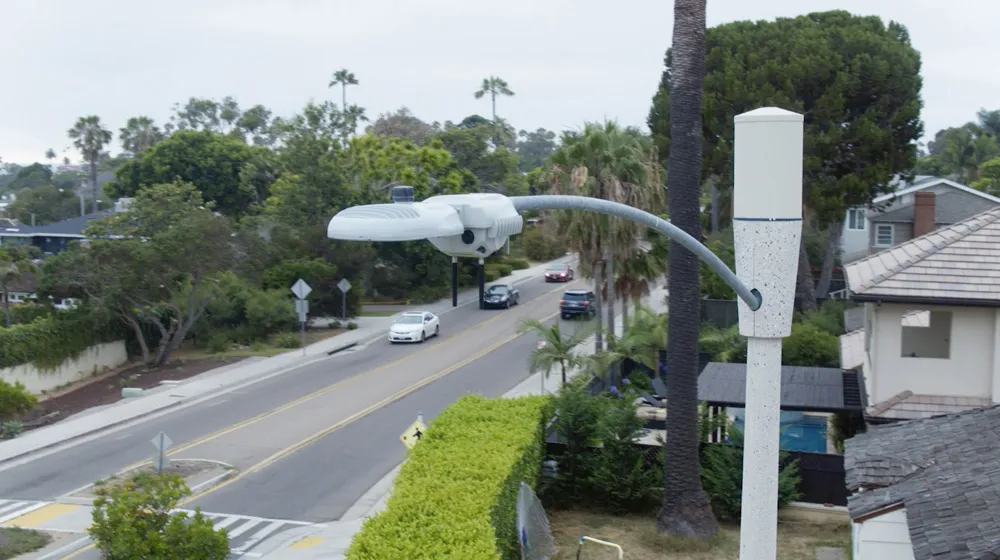Aiming to fight worsening traffic congestion on San Diego’s roads, city officials have created a US$163 million master plan to install modern stoplight timing systems and other advanced technologies that combat gridlock, says the San Diego Union-Tribune.
The master plan, the first of its kind in city history, comes as many neighbourhoods are bracing for more dense developments to absorb the region’s growing population.
In addition, recent analysis by the San Diego Association of Governments shows that
August 26, 2015
Read time: 3 mins
Aiming to fight worsening traffic congestion on San Diego’s roads, city officials have created a US$163 million master plan to install modern stoplight timing systems and other advanced technologies that combat gridlock, says the San Diego Union-Tribune.
The master plan, the first of its kind in city history, comes as many neighbourhoods are bracing for more dense developments to absorb the region’s growing population.
In addition, recent analysis by the1789 San Diego Association of Governments shows that the number of vehicles on the road has nearly returned to where it was before the Great Recession prompted a sharp drop beginning in 2008.
City officials said using technology to boost traffic flow is much less expensive than widening roads or building transit lines and those solutions typically face environmental hurdles and community backlash.
The 10-year plan would connect each of the city’s 1,540 stoplights into a timing and coordination network controlled by a central hub. It would also replace outdated technology in the isolated stoplight timing systems that San Diego has been using in various neighbourhoods for the last 30 years. Many of those systems use old-fashioned modems, which will be replaced by Ethernet devices, said Duncan Hughes, a city traffic engineer.
“You can think of the existing system as using dial-up Internet, rather than today’s digital cable modems, wireless routers and fibre-optic lines,” Hughes told the City Council’s Infrastructure Committee last month. “As well as being functionally obsolete, portions of the communications network have been damaged and there are many gaps in the system.”
The first phase of the plan is repairing damaged stoplights and communication devices, which is expected to take about three years. City officials said, however, that the first phase will also include installing advanced timing systems and traffic flow upgrades in a few of the city’s most notorious areas for traffic congestion.
A city experiment with adaptive signals that began last year on Sorrento Valley’s Lusk Boulevard has been deemed a success, Hughes said.
The master plan also calls for installing cameras in many places, which will help the city monitor traffic and also count pedestrians and bicyclists to see whether city efforts to encourage those commuting options are working.
Hughes said the plan would put San Diego in a much stronger position to analyse and improve traffic flow. “The proposed system will enable the city to manage, maintain and measure the performance of our streets,” he said.
The master plan, the first of its kind in city history, comes as many neighbourhoods are bracing for more dense developments to absorb the region’s growing population.
In addition, recent analysis by the
City officials said using technology to boost traffic flow is much less expensive than widening roads or building transit lines and those solutions typically face environmental hurdles and community backlash.
The 10-year plan would connect each of the city’s 1,540 stoplights into a timing and coordination network controlled by a central hub. It would also replace outdated technology in the isolated stoplight timing systems that San Diego has been using in various neighbourhoods for the last 30 years. Many of those systems use old-fashioned modems, which will be replaced by Ethernet devices, said Duncan Hughes, a city traffic engineer.
“You can think of the existing system as using dial-up Internet, rather than today’s digital cable modems, wireless routers and fibre-optic lines,” Hughes told the City Council’s Infrastructure Committee last month. “As well as being functionally obsolete, portions of the communications network have been damaged and there are many gaps in the system.”
The first phase of the plan is repairing damaged stoplights and communication devices, which is expected to take about three years. City officials said, however, that the first phase will also include installing advanced timing systems and traffic flow upgrades in a few of the city’s most notorious areas for traffic congestion.
A city experiment with adaptive signals that began last year on Sorrento Valley’s Lusk Boulevard has been deemed a success, Hughes said.
The master plan also calls for installing cameras in many places, which will help the city monitor traffic and also count pedestrians and bicyclists to see whether city efforts to encourage those commuting options are working.
Hughes said the plan would put San Diego in a much stronger position to analyse and improve traffic flow. “The proposed system will enable the city to manage, maintain and measure the performance of our streets,” he said.









